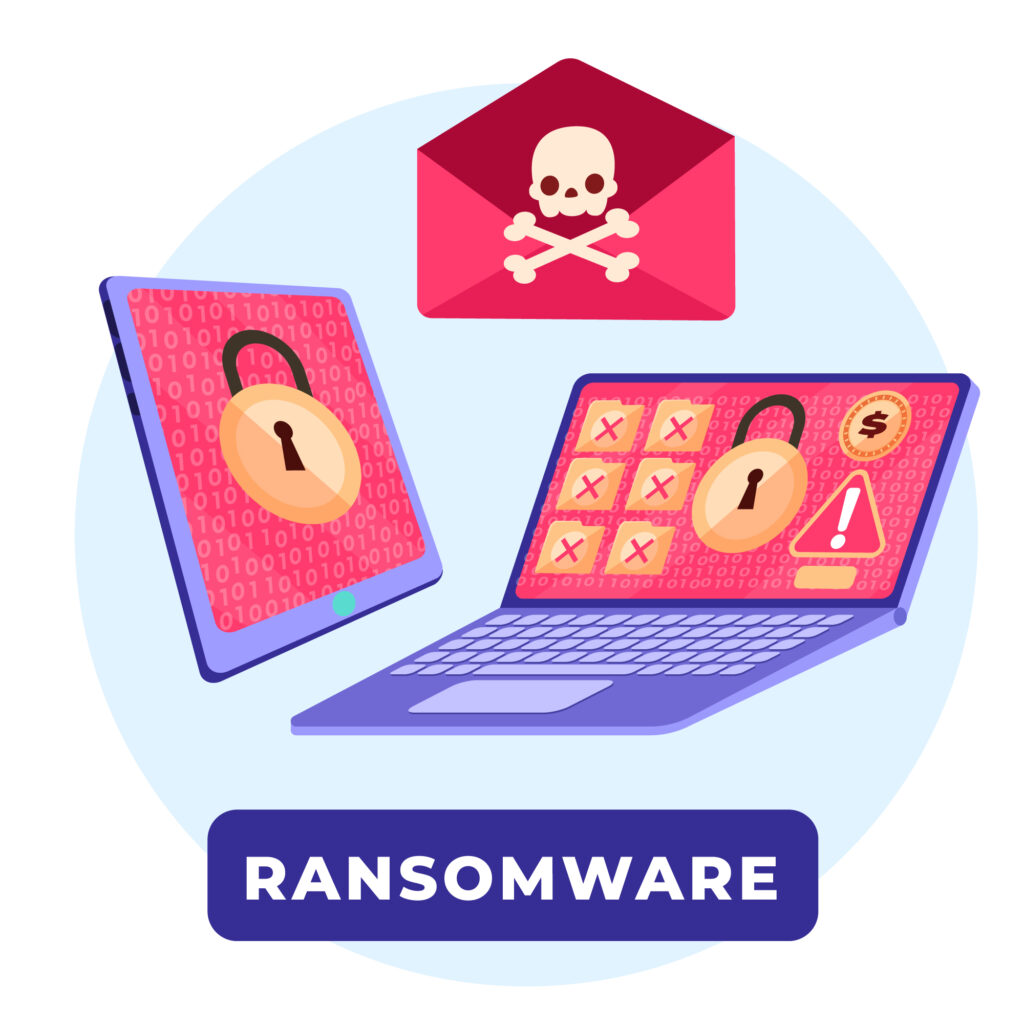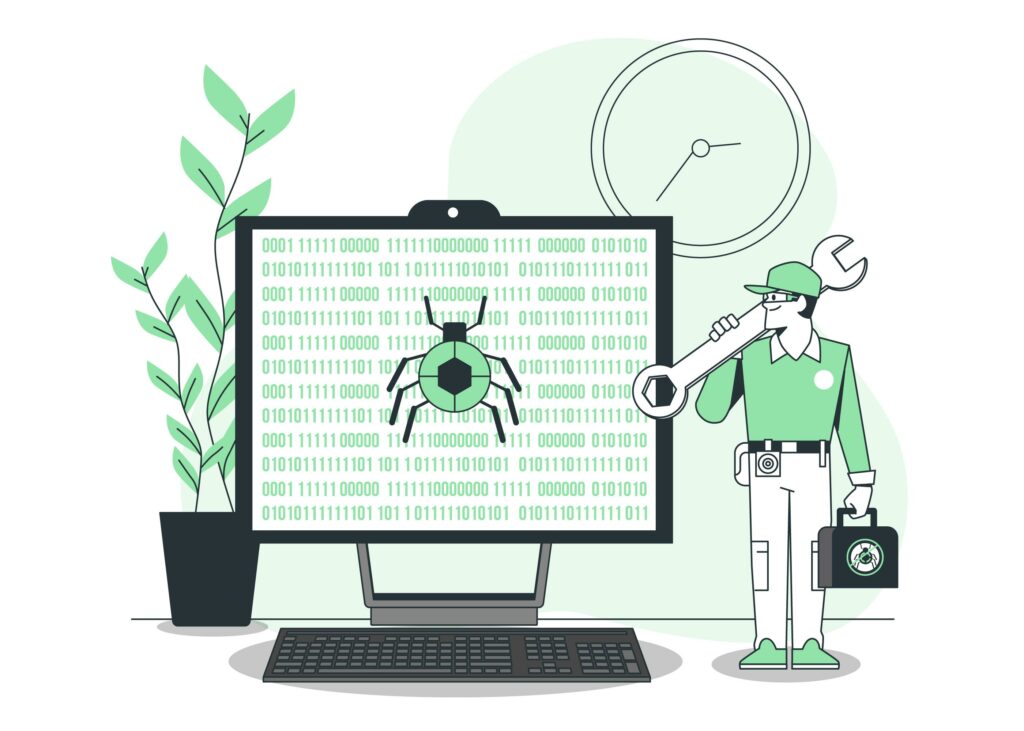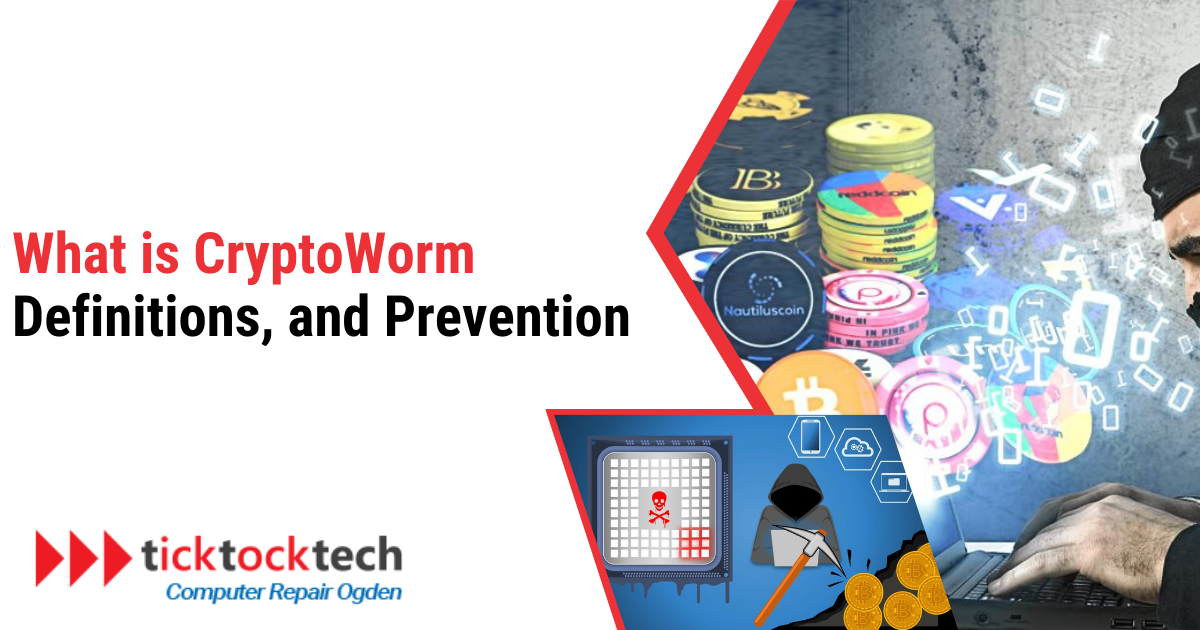Malware comes in different types, serving different purposes, and attack differently. When talking about computer worms, they spread fast, like the virus in humans, they replicate faster. Worms are malicious software that may duplicate and spread from computer to computer. Worms may spread themselves automatically and cause damage even when not linked to any particular program.
Some computer worms can only spread rapidly when users do something, like click on a link, but others can do it with little to no human intervention at all. The only thing needed is for the computer worm to activate on a compromised machine. Crytoworm can be classified as a computer worm and ransomware because the attacker aims to get a ransom out of it, mostly in cryptocurrencies. This article will look into every detail of the crypto worm and how to prevent and get rid of it
See Also: 8 Common Types of Malware in 2024 and How to Prevent Them..
What is CryptoWorm?
A cryptoworm is a type of cyber threat that automatically spreads across networks, exploiting vulnerabilities to encrypt files on infected computers and demanding ransom, usually in a cryptocurrency, for decryption keys.
Cryptoworms are a kind of malware that combines worms’ self-replication capabilities with ransomware’s destructive payload. This enables them to spread independently and without user intervention.
How does Crytoworm Attack Happen?
Cryptoworms exploit software patches, insecure network shares, and other weaknesses in the operating system, application, or configuration. Cryptoworms may also spread via phishing emails that trick users into downloading malware or using infected USB devices. Because of their ability to roam autonomously across networks, they may encrypt vast amounts of data quickly, interrupt processes, and cause significant financial and reputational harm to businesses.

A good example of this malware attack type is the WannaCry Ransomware worm. The WannaCry ransomware, which first appeared in 2017, used a worm to penetrate Windows PCs throughout the world and encrypt contents on afflicted hard drives. This cyberattack affected hundreds of thousands of computers across many nations, wreaking havoc on big companies such as FedEx, numerous banks, and healthcare institutions.
The perpetrators behind WannaCry would encrypt a computer’s contents and then demand a ransom from the user in exchange for a decryption key. Despite some victims paying the ransom, just a few were apparently given the key to access their files.
What are the Symptoms of CryptoWorm Malware
Detecting CryptoWorm more can be difficult, particularly for those who are not tech-savvy. However, various indicators might warn you of its presence. You may find your computer performing slower than normal or encountering unusual internet access troubles, indicating that malware is using your resources. Unexpected system crashes or freezes may potentially be signs of CryptoWorm infestation.
Another red indicator is when programs open or close on their own, or when you experience strange sounds, sights, or messages that do not make sense. Be aware of new, unexpected files or icons appearing on your desktop, as well as files and icons that you recognize disappearing without a trace.
Alerts from antivirus software or the operating system itself that warn of suspicious activities are key signs. If friends or coworkers receive emails you did not send, it may indicate that the virus is attempting to propagate through your connections. These several signs suggest that CryptoWorm malware is at work, stealthily encrypting your files and maybe planning to demand a ransom. Recognizing these symptoms early on can be critical in preventing more harm and managing the illness quickly.
How to Remove Cryptoworm?
Before commencing the cleaning procedure, ensure that the infected system is isolated by turning off its internet, wireless, and wired network connections. Disconnect any detachable storage devices, such as external hard drives or USBs, and prepare to scan them separately for worm activity.

After isolating the system, proceed as follows:
Update Antivirus Software
To ensure that it has the most latest anti-malware software, first upgrade your antivirus program. This stage must be completed in order to locate and eliminate the most recent CryptoWorm version.
Complete a full system scan.
Scan your computer thoroughly with the most recent version of an anti-malware tool, such as Malwarebytes or AvastOne. This scan will help you find and isolate the CryptoWorm as well as any other potentially hazardous files or infections.
Remove Malware
Use the antivirus application to remove the CryptoWorm as well as any other dangers discovered. The application should include options for safely removing or quarantining potentially tainted files.
See Also: How do I choose a computer repair technician?
Clean infected files.
If possible, use an antivirus product or a specialized malware removal tool to clean and recover any data that the CryptoWorm has damaged.
Patch and Update Systems
Check that all installed programs and your operating system are up to date. The vulnerabilities used by CryptoWorms to infect computers can be addressed by installing the most recent patches.
Maintaining good security protocols is critical to avoiding new infestations. Firewalls, encryption of important data, and regular updates to antivirus definitions are critical. Furthermore, by serving as a proactive human firewall, teaching employees about cybersecurity best practices may significantly increase your company’s defense against CryptoWorms and other online threats.
Conclusions
CryptoWorm is a complex cyber threat that combines the self-replicating characteristics of worms with the destructive power of ransomware, posing a severe risk to individuals and enterprises alike. Understanding CryptoWorm, detecting the indicators of infection, and learning how to remove it can help you safeguard your digital environment. Prevention, including frequent software upgrades, cautious email handling, and strong cybersecurity policies, remains the strongest defense against such viruses. Threats grow alongside technology, but by being knowledgeable and cautious, we can reduce risks and keep our data secure. Remember that information and preparation are your best allies while fighting CryptoWorms.
FAQs
Common examples of computer worms include Conficker, Stuxnet, WannaCry, Mydoom, and Slammer.
Cryptoworms are designed to encrypt files and demand a ransom, spread rapidly, generate income for the perpetrators, and infiltrate systems.
To prevent cryptoworms, regularly update your software, employ antivirus programs, exercise caution with email attachments, back up your data, enhance network defenses, educate users on security practices, and restrict user privileges.

